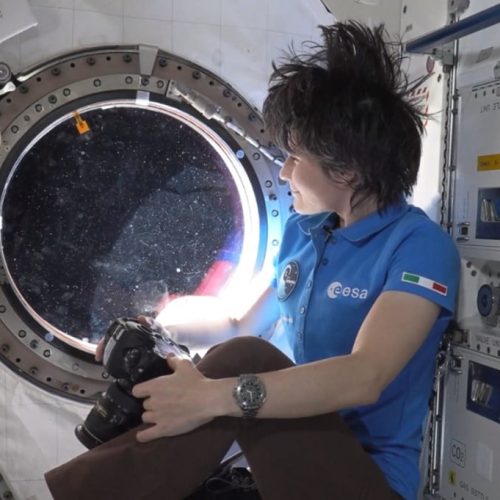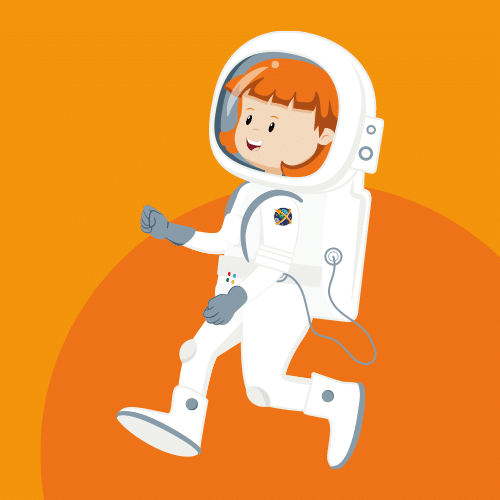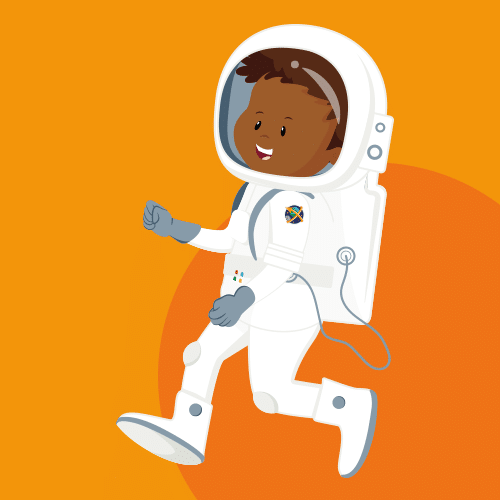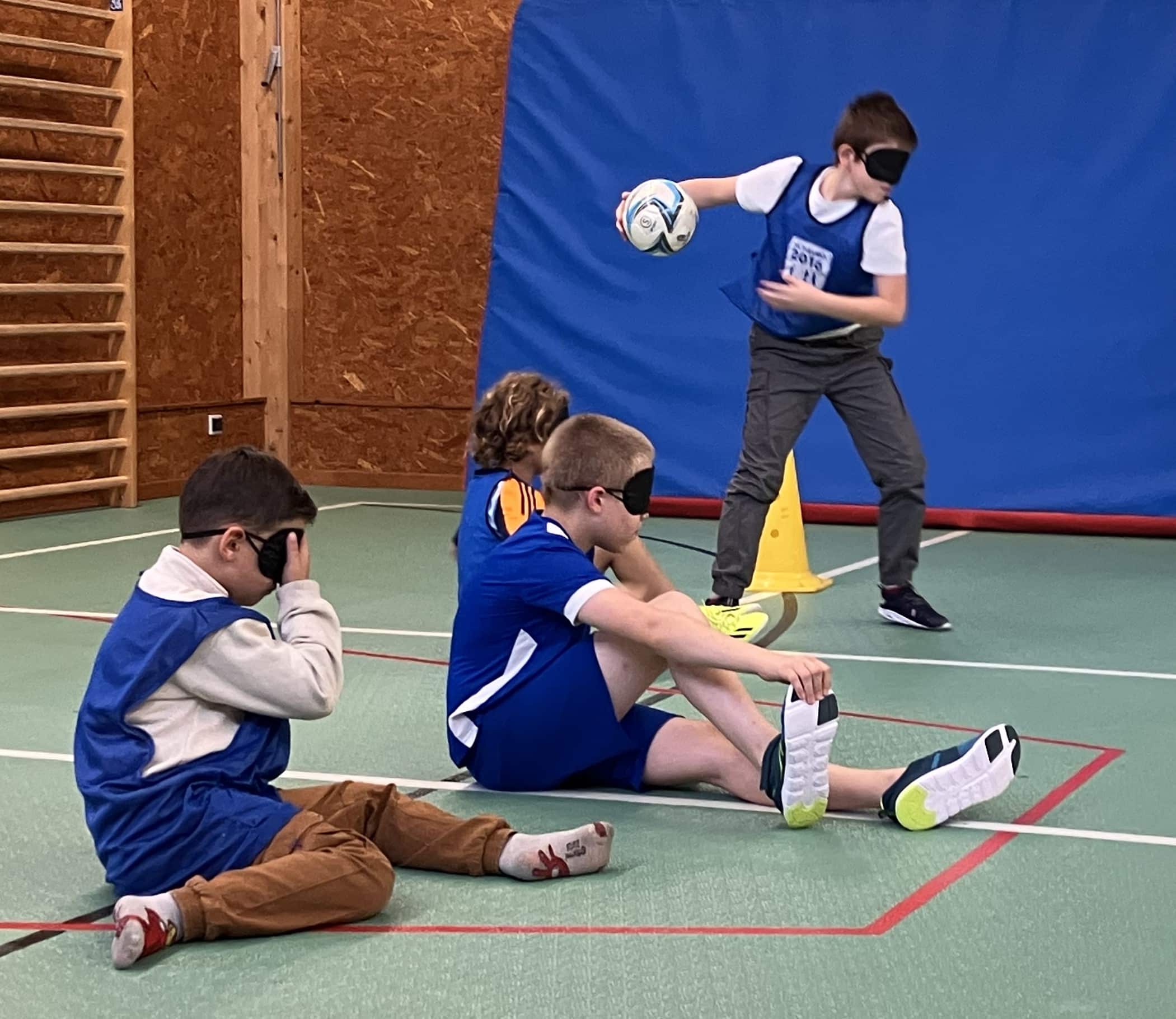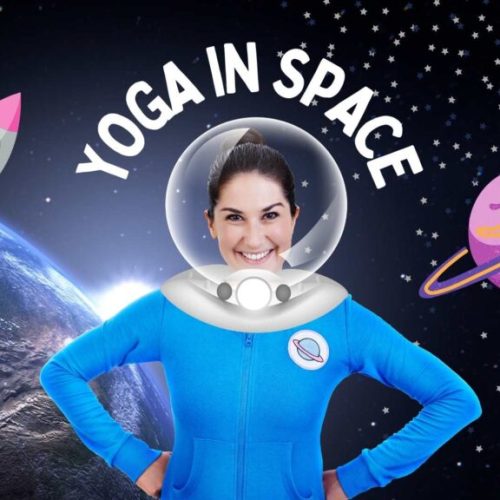Hydration Station
Your Mission: Explore the importance of hydration and identify the signs of dehydration.
- Investigate the importance of staying hydrated, proper hydration methods, and learn to identify signs of dehydration
- Understand the role hydration plays in keeping the body healthy
- Identify hydration levels by creating simulated urine
- Per class:
- Computer with Internet access for teacher use
- Library access
- One LCD projector or overhead projector
- One water bottle picture
- 2-3 bandanas
- Urine color chart
- Per group (3-4 students per group):
- One poster board or chart paper
- One set of Markers
- Two computers with internet access
- One Hydration/Dehydration chart or poster
- Four clear plastic cups
- One disposable 8 inch plate
- Two toothpicks
- One small bottle of Yellow, Red and Green food coloring
- One Urine hydration color chart
- One set of Hydration cards
- Per student:
- Hydration Student Section
- Hydrate the Astronaut
- Urine hydration color chart
- Pencil
Explore more Mission X activities!
Your Mission: Perform a reaction time activity using a ruler to practice hand-eye coordination and concentration. In preparation for space …
Your Mission: Follow Samantha’s routine on the ISS for one week and compare her daily tasks to yours. Observe your …
Your Mission: Explore taste sensations on the tongue and experiment to see which senses influence taste. For astronauts, all their …
Let’s HIIT the space gym and get ready to sweat! To keep those hearts and lungs healthy, perform a series …
Astronauts need brains and brawn! Using your coordination, endurance and quick thinking, perform five jumping jacks, with a star-jump finish, …
Your Mission: Perform a climb training activity on wall bars or a rock wall to improve balance and coordination, and …
Your mission: Sharpen your senses to score the most goals and develop your reflexes. This resource was created by CNES, …
Your Mission: Perform throwing and catching techniques on one foot to improve balance and spatial awareness. On Earth, we use …
Join ESA astronaut, Samantha Cristoforetti and Jaime from Cosmic Kids on a brand new adventure… Yoga in Space! Follow along …
Your mission: Learn the basics of martial arts (karate) to defend yourself against simple attacks and, in case of emergency, …



